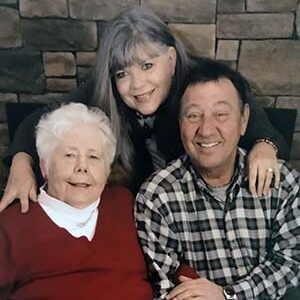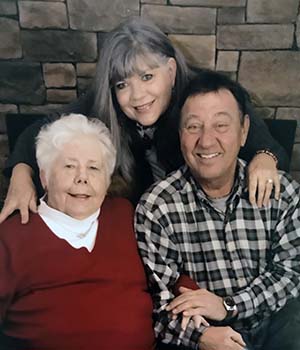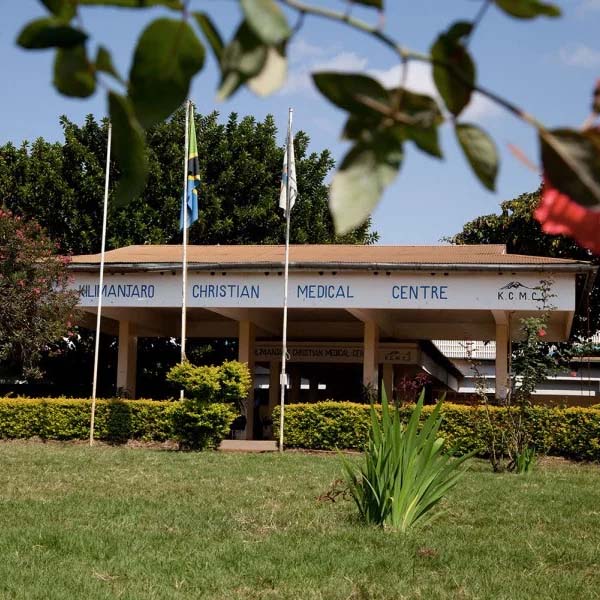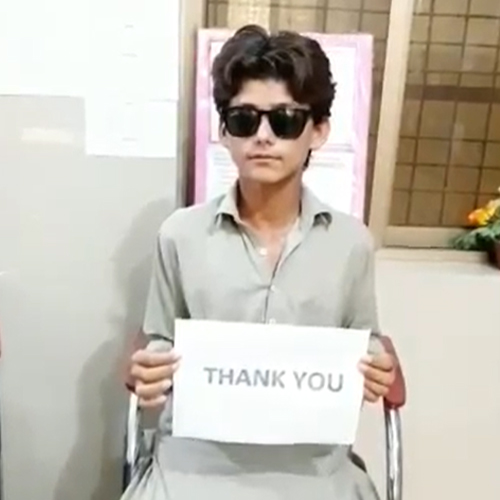In 2018, Saving Sight began working with Dr. Fawad Zafar. Dr. Zafar is a urologist who lives in Iowa and also coordinates the acquisition of corneal tissue for transplant in Pakistan.
“In April 2017, one of my class fellows who was a doctor, but left medical profession and went into foreign service, was ambassador of Pakistan at Sri Lanka. He was telling me how corneas were being sent from Sri Lanka to Pakistan and other countries. I thought that was a great project and I contacted them,” says Dr. Zafar.
At the time Dr. Zafar didn’t know that U.S. eye banks sent tissue internationally. He did a Google search for ‘cornea tissue for overseas surgery from the U.S.’ and the first eye bank that popped up was the Lions Eye Bank in Tampa. He called their eye bank. “I explained to them how we were raising money, and we wanted to send corneas to our Mayo Hospital in Lahore, where I trained. My class fellow at the time was professor of ophthalmology over there and they had a waiting list of 500 patients.”
They received 10 tissues from the Lions Eye Bank in Tampa that month, and the project was underway. Saving Sight, the Lions Eye Bank of Indianapolis and others also began working with Dr. Zafar on this project.
“At first, we were only interested in the Mayo Hospital in Lahore but, when I started calling around, it turned out that there are no measures of cornea donations, and nobody is donating any corneas in Pakistan. The entire country is depending on Sri Lanka,” he says.
“I then went ahead and started calling hospital after hospital, and we now have 39 facilities that we support. There are 5 states in Pakistan, like we have 50 states in the U.S.” Dr. Zafar is now coordinating distributing corneas to hospitals in all 5 states throughout Pakistan.
“Saving Sight has been so supportive and so helpful that it is just unreal,” he says. “I wanted to share with you that to date we have sent 3,574 corneas to Pakistan.” Several of these tissues have been distributed by Saving Sight. So far in 2021, Saving Sight has sent 43 tissues to Pakistan.
“The project was started by my two sisters who are doctors, one is a cardiologist in Dallas, and one is a hospitalist in Indianapolis, and me,” shares Dr. Zafar. “I am also a lifetime member of the Association of Pakistani Physicians of North America (APPNA). APPNA has about 6,000-7,000 members and I decided once we spread out, that we might be able to have more support if we contacted APPNA and brought this project under their umbrella, so that is what’s happened.”
Dr. Zafar and his sisters coordinate this process on a 100% voluntary basis. They raise funds among their family, friends, and colleagues to coordinate costs and shipments of the tissues with U.S. eye banks. The surgeons in Pakistan then perform the surgeries and post-operative care for free. Each of the hospitals are also government hospitals, meaning they do not charge the patients for their care.
Dr. Zafar personally calls each patient to make sure they were well-taken care of and to make sure no costs were incurred as well. Nearly all patients are underserved and are unable to pay for their healthcare needs.
The work of Dr. Zafar, the teams in Pakistan, and the involvement of U.S eye banks like Saving Sight, literally saves sight and changes the lives of these recipients. Without this work, they would not have access to care and would lead a life of corneal blindness.
“It would not have happened without Saving Sight’s help and without the other eye banks. You have made a huge impact on people’s lives,” says Dr. Zafar.
Dr. Zafar provided two videos of grateful corneal recipients in Pakistan.
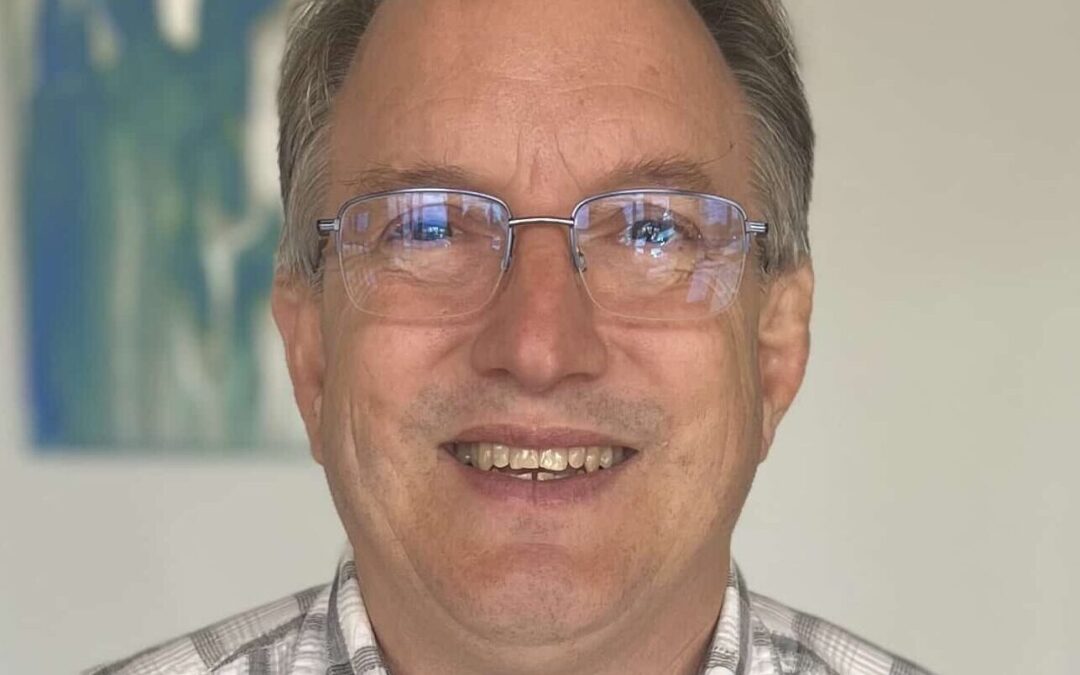
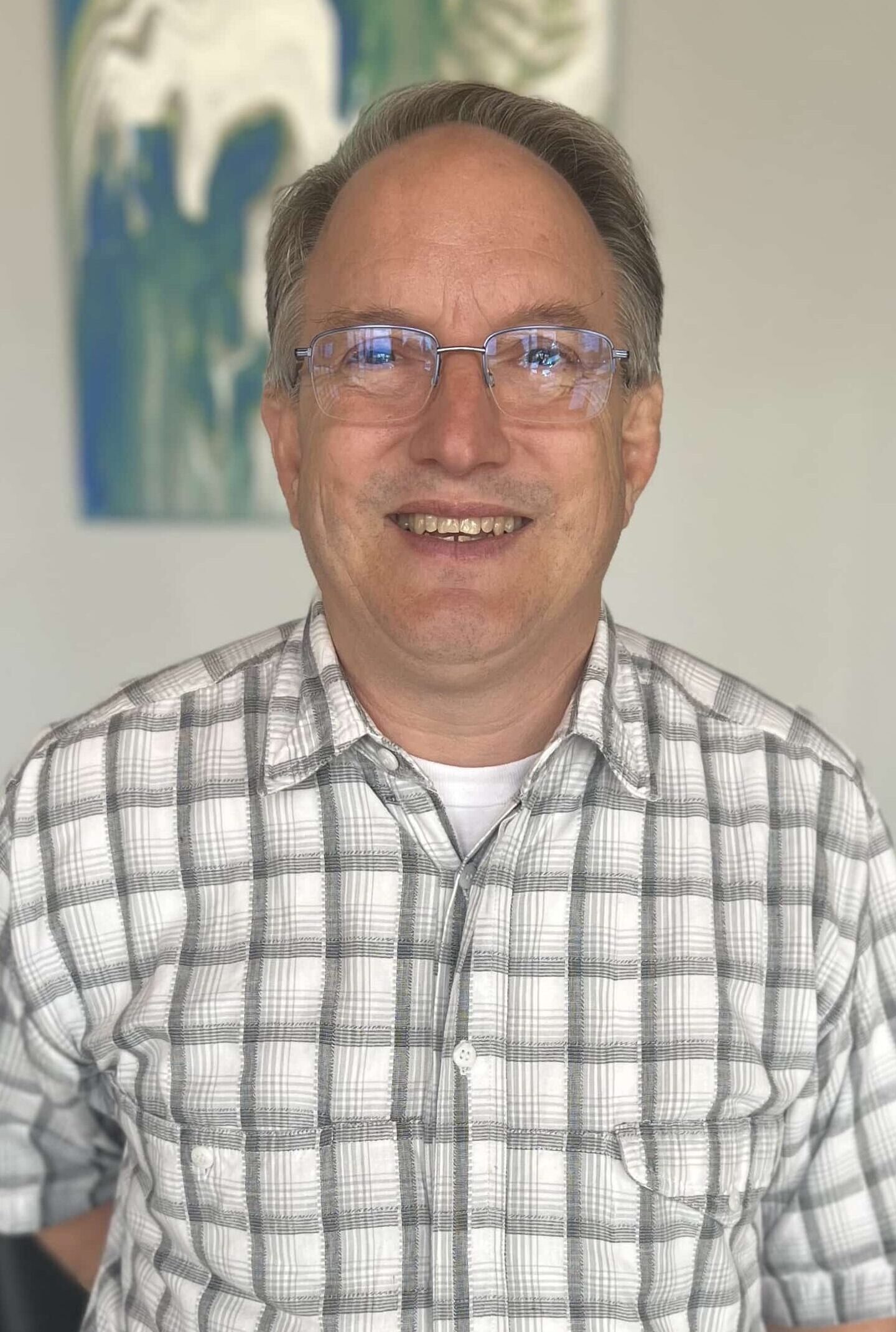 Neal’s life took a transformative turn in April 2022 when he underwent a corneal transplant, bringing newfound hope and clarity to his world. Neal, a resident of Kansas City, suffered from Fuchs Dystrophy, a progressive eye condition that clouded his vision and limited his ability to perform daily tasks. However, the transplant changed everything.
Neal’s life took a transformative turn in April 2022 when he underwent a corneal transplant, bringing newfound hope and clarity to his world. Neal, a resident of Kansas City, suffered from Fuchs Dystrophy, a progressive eye condition that clouded his vision and limited his ability to perform daily tasks. However, the transplant changed everything.


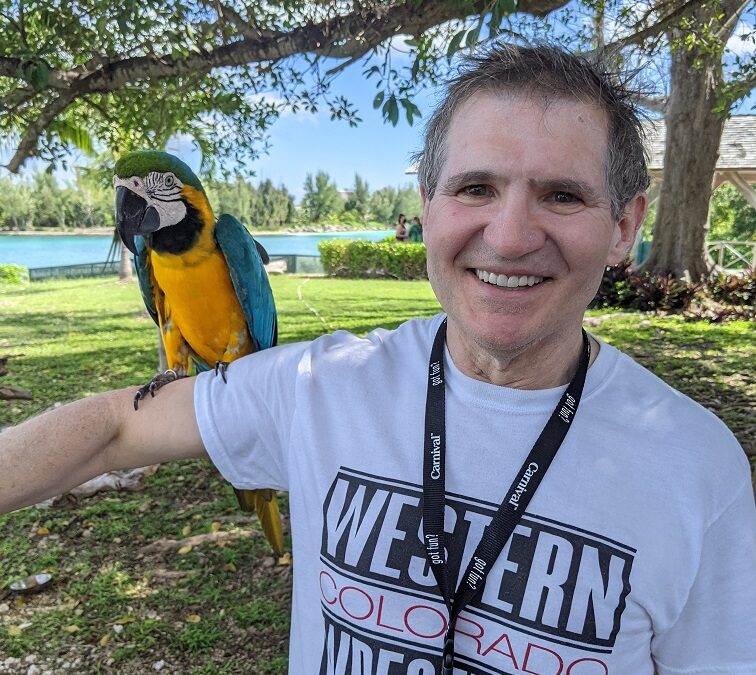
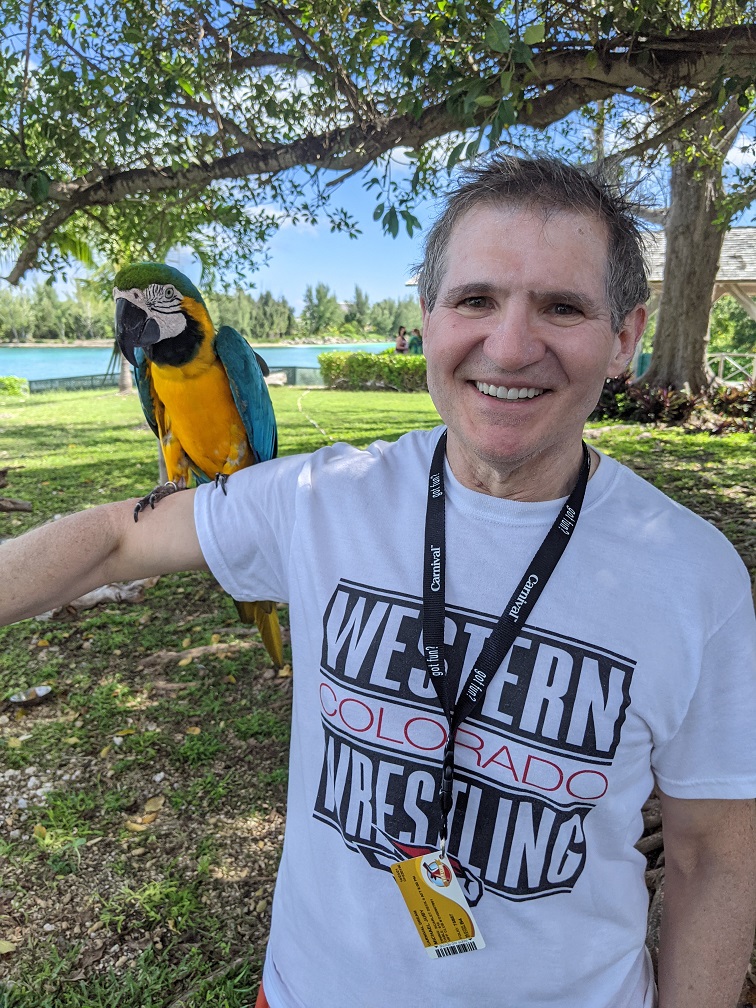 For months, Mike had been fighting an eye infection that just wouldn’t seem to go away. His eye doctor prescribed medicated drops, which seemed to help at first. However, the infection dug in deeper, and eventually, even administering the drops on an hourly basis wasn’t helping.
For months, Mike had been fighting an eye infection that just wouldn’t seem to go away. His eye doctor prescribed medicated drops, which seemed to help at first. However, the infection dug in deeper, and eventually, even administering the drops on an hourly basis wasn’t helping.
